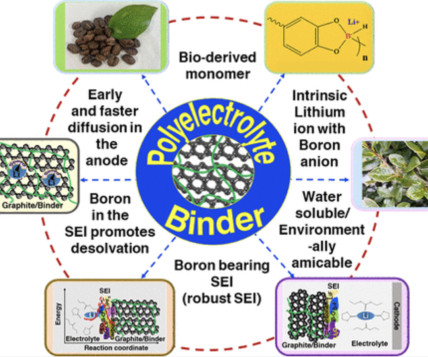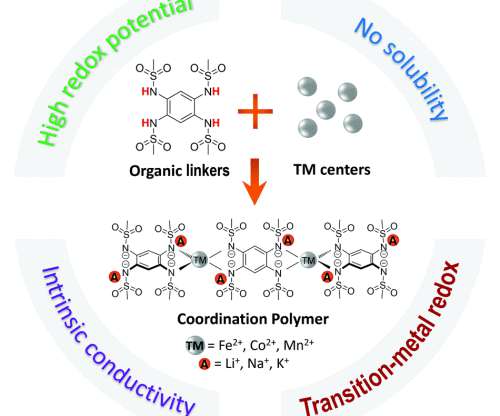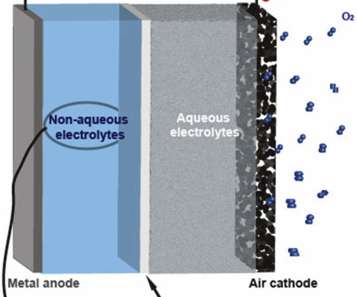Researchers show that inherent lithium ions in bioderived borate polymer enhance extreme fast charging capability in graphite anodes
Green Car Congress
MARCH 5, 2023
In order to enable fast-charging ability in batteries, researchers have attempted to enhance the mass transfer of electrolytes and charge transfer in electrodes, with extensive research carried out on the former compared to the latter. —Pradhan et al.



























Let's personalize your content